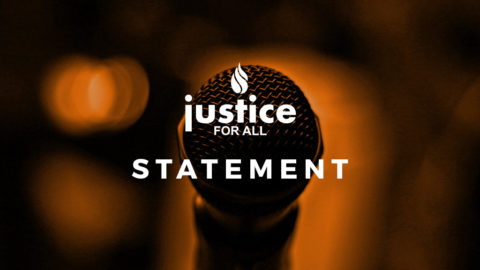FOR IMMEDIATE RELEASE Justice For All Calls on UNHCR to Address Escalating Kidnappings of Rohingya…

Rohingya Refugees Face New Challenges: Exclusive Report from Bangladesh Camps
In December 2024, a Justice For All delegation visited the Kutupalong refugee camp in Cox’s Bazar, Bangladesh, where over a million Rohingya refugees are housed in the world’s largest refugee camp. The Rohingya arrived in Bangladesh from Myanmar (Burma), fleeing the ongoing genocide of Rohingya Muslims. The delegation met with our staff at the camps and had the opportunity to hear directly from survivors of the genocide who had recently arrived, as well as to interview Rohingya women who were surveyed prior to the visit regarding their experiences living in the camp since 2017, and individuals involved in key initiatives in the camps.
Walking through the different camps of Kutupalong, which total 33 camps, the delegation observed the squalid conditions and crowdedness, flimsiness of the homes built from bamboo and plastic, and the dilapidation of structures run down by frequent fires, landslides, and floods. The open sewage that runs in shallow trenches between shelters, are marred by frequent flooding. Many spoke about losing their homes and everything they had in an instant when a fire broke out – a trigger for many Rohingya whose houses were burned down in Myanmar (Burma).
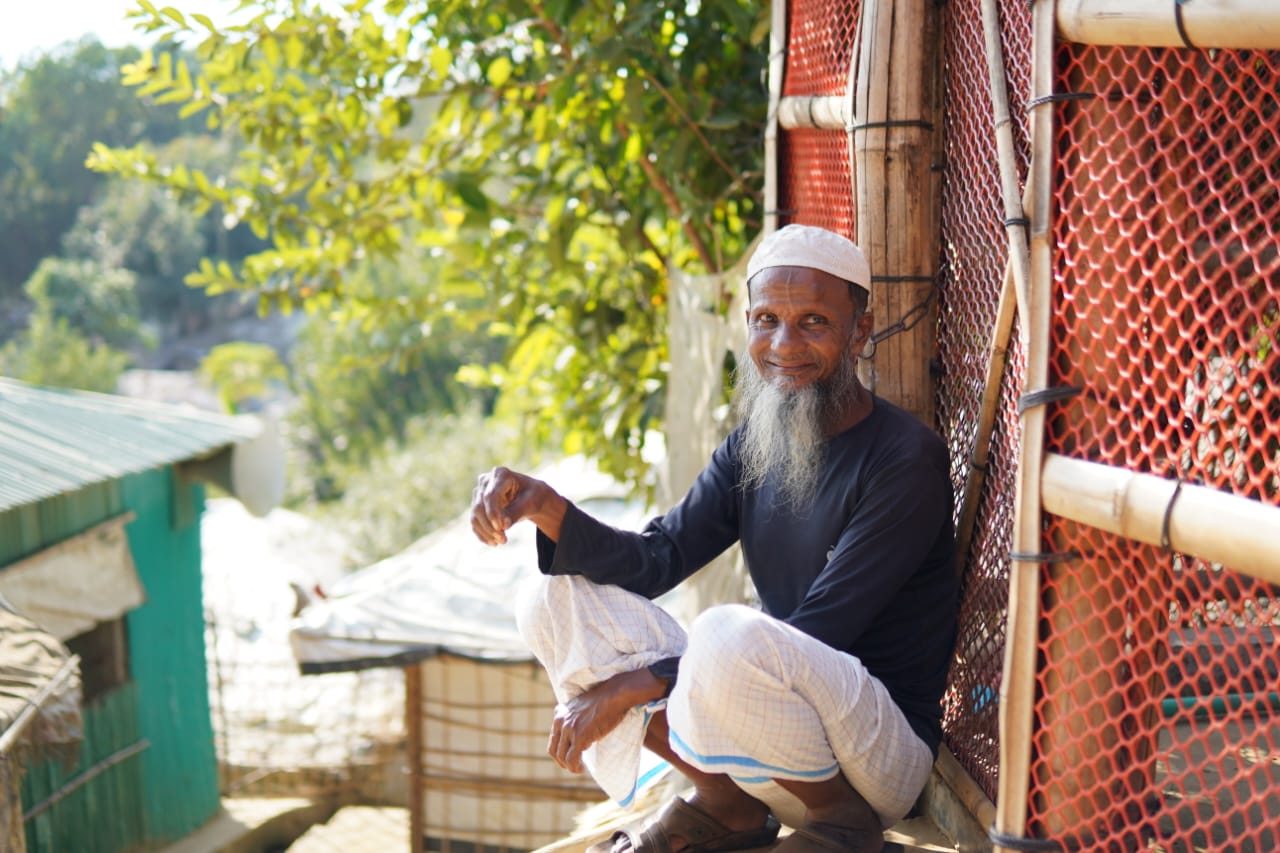 Justice For All through its Burma Task Force – a coalition of 38 US and Canadian organizations led by Justice For All – has been advocating for the Rohingya since 2012, and was instrumental in the United States and the International Court of Justice (ICJ) declaring it a genocide. In August 2017, the Myanmar military conducted a sweep of the Arakan region of Myanmar (Burma), where the Rohingya are an indigenous population. The Rohingya, who are mostly Muslim, were targeted by the Buddhist Rakhine of Arakan, along with the Myanmar military, who joined in expelling the Rohingya from their homes and their lands. Over 750,000 Rohingya were displaced and had to cross the Naf river to escape the genocide, finding refuge in Bangladesh.
Justice For All through its Burma Task Force – a coalition of 38 US and Canadian organizations led by Justice For All – has been advocating for the Rohingya since 2012, and was instrumental in the United States and the International Court of Justice (ICJ) declaring it a genocide. In August 2017, the Myanmar military conducted a sweep of the Arakan region of Myanmar (Burma), where the Rohingya are an indigenous population. The Rohingya, who are mostly Muslim, were targeted by the Buddhist Rakhine of Arakan, along with the Myanmar military, who joined in expelling the Rohingya from their homes and their lands. Over 750,000 Rohingya were displaced and had to cross the Naf river to escape the genocide, finding refuge in Bangladesh.
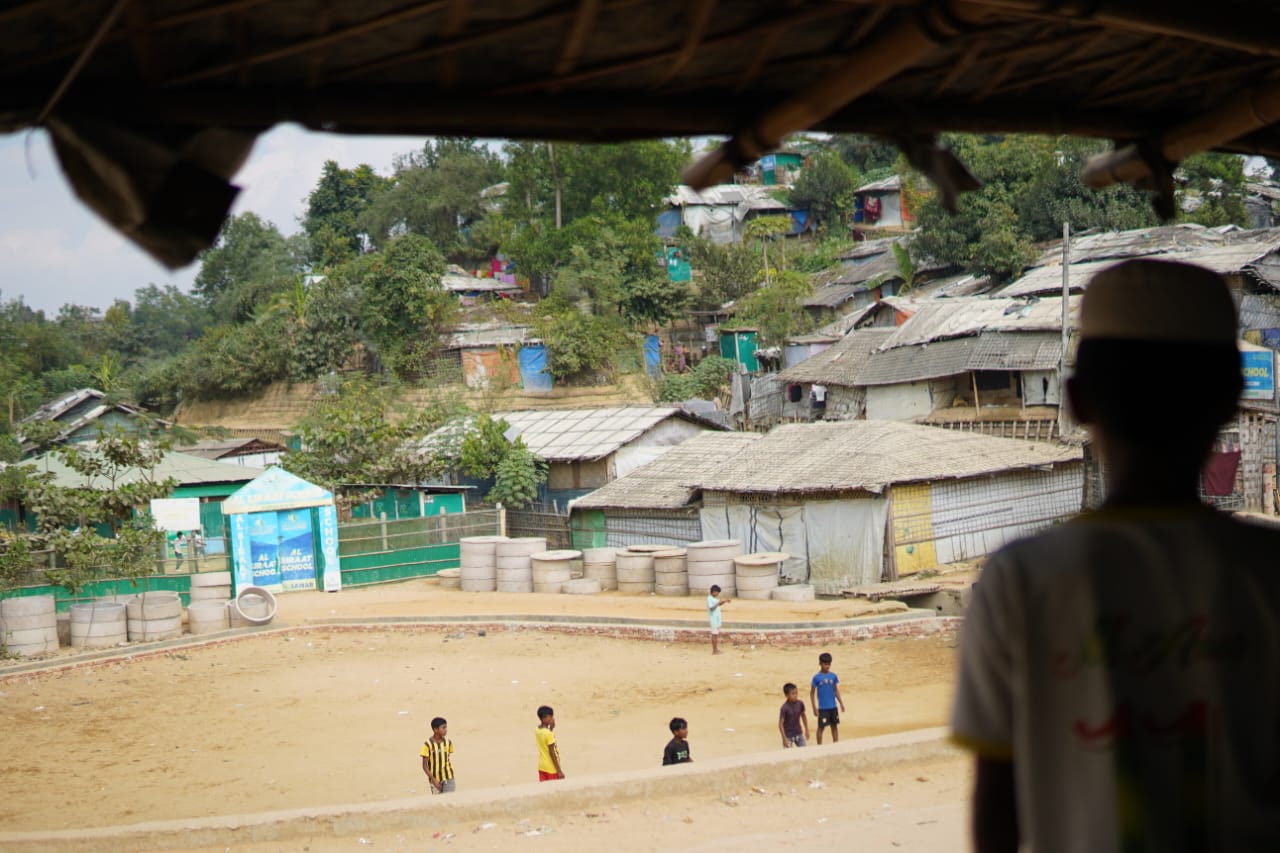 Jumping forward to 2023-2024, the situation in Myanmar has gone through several changes. The government of Aung Saan Suu Kyi fell to the Military Junta, and the Arakan Army gained strength in its call for self-determination for the Arakan region of Myanmar. That, however, has only made matters worse for the Rohingya. For the last couple of years, the Rohingya, a community of mostly farmers and fishermen, have been targeted by both the Myanmar military as well as the Arakan Army. This has resulted in a fresh exodus of the Rohingya from Myanmar, resulting in an influx of approximately 60,000 newly arriving refugees in the camps in Bangladesh.
Jumping forward to 2023-2024, the situation in Myanmar has gone through several changes. The government of Aung Saan Suu Kyi fell to the Military Junta, and the Arakan Army gained strength in its call for self-determination for the Arakan region of Myanmar. That, however, has only made matters worse for the Rohingya. For the last couple of years, the Rohingya, a community of mostly farmers and fishermen, have been targeted by both the Myanmar military as well as the Arakan Army. This has resulted in a fresh exodus of the Rohingya from Myanmar, resulting in an influx of approximately 60,000 newly arriving refugees in the camps in Bangladesh.
Reason for the visit:
The delegation’s purpose in visiting was to bear witness to the genocide of the Rohingya and learn firsthand about their struggles, current conditions in the camps, and aspirations. The delegation conducted interviews of three kinds:
- Interviewed women who had responded to a survey we conducted prior to the visit of 1,000 Rohingya women, facilitated by Justice For all staff in the camps, on their current conditions since arriving in the camps seven years ago.
- Interviewed newly arrived refugees to gather firsthand testimonies of what occurred in their villages in Arakan, what happened on their escape journeys, and their current conditions now arriving in the camps in Bangladesh.

- Interviewed individuals involved in key initiatives: educational, healthcare, and skills centers.
Delegation detail:
A total of seven members made up the delegation led by Hena Zuberi and Rafi Ahmed. The other members were Imam Saffet Catovic, Zahir Adil, Sabrina Mirza, Fauzia Ahmed and Kausar Adil. The US delegation was joined by Justice For All/Burma Task Force staff at the camps, Abdullah, as well as several other collaborators and helpers.
Visits:
Visitors to the camps are required to show a permit to enter. Hours of visitation are limited between 9am and 3pm. We are thankful to a local Bangladeshi organization EDAS for helping with permits as well as other logistical needs.
For efficiency, as well as to not draw unnecessary attention to a larger group, we formed four teams for the interviews and visits with refugees. Women and men formed separate teams, with the women concentrating on interviewing the women within the camps to further the surveys that had previously been conducted.
The men visited with new arrivals, both men and women, collecting their stories, and documenting their harrowing escape from the attacks they faced, as well as community leaders.
While visiting a healthcare facility in the camps, delegation members interviewed a doctor and other medical staff on their observations through their practice, particularly regarding the condition of Rohingya women, and what they recommend to address their needs. They also interviewed patients to hear about their health challenges and whether they are able to receive the medical attention needed for their conditions. Additionally, Delegation members interviewed a psychologist, who provides counseling to Rohingya women in the camps, to record her observations and recommendations.
Outside the camps in Cox’s Bazar, Justice For All delegation members met with Yoko Akasaka, UNHCR Head of Operations in Cox’s Bazar, to discuss the current situation of Rohingya refugees and policy goals to address the pressing issues they face.
Summary of Interviews with New Arrivals:
Delegation members met with new arrivals in the camps. The common theme of people who have escaped recently and arrived at the camps is summarised in the points below:
 Targeting and Violence in Myanmar (Burma):
Targeting and Violence in Myanmar (Burma):
-
-
- Both Myanmar Military and Arakan Army Targeting: New arrivals report being targeted by both the Myanmar military and the Arakan Army, who have recently gained control over the Arakan region of Myanmar (Burma).
- Ethnic and Religious Persecution: Muslims were specifically targeted for violence. In some cases, Muslims and Burmese Buddhists were separated within the same village, with Muslims being killed. Muslims were used as human shields in the conflict.
-
- Men and Boys Targeted for Killing: Men and boys were especially singled out for execution.
- Sexual Violence: The Arakan Army specifically targets girls for sexual abuse. Some women knew of rape victims; most have heard of such incidents.
- Displacement within Myanmar: some individuals were moved from one village to another before being forced to flee Myanmar (Burma) entirely.
- Loss and Trauma: Nearly everyone knew someone personally who was killed while trying to escape.
- Escape and Journey to Bangladesh:
- Traumatic Fleeing Experience: Many new arrivals had to walk over dead bodies while fleeing the violence. One reported passing a lake with at least 400 dead bodies, many who were recognizable from his village.
- Left Behind Belongings: They were not able to bring any of their belongings while fleeing.
- Rejection by Myanmar Authorities: They were bluntly told that Myanmar (Burma) was not their country and told to leave.
- Bangladesh Border Issues:
-
-
-
- Bangladesh Border Guard Patrol (BGP) Denial of Access: The BGP often denies access to cross the Naf river. Fleeing individuals have to bribe the BGP at times in order to gain access.
-
-
- Boatmen’s Demands: Boatmen often demand large sums of money to facilitate the crossing, though some have helped fleeing victims without payment.
- Arrival in Bangladesh:
- No Shelter: Most new arrivals are not allocated a shelter upon arrival, and must rely on the generosity of other refugees who arrived before them to host them. It should be recognized here, that the refugees who have arrived before are themselves living under very crowded and impoverished conditions.
- Lack of Food Access: New arrivals are not given food rations from UNRWA, which prevents them from accessing food. Some previously received tokens, but this was stopped by the Refugee Relief and Repatriation Commissioner (RRRC). Some new arrivals went without food for 3 days.
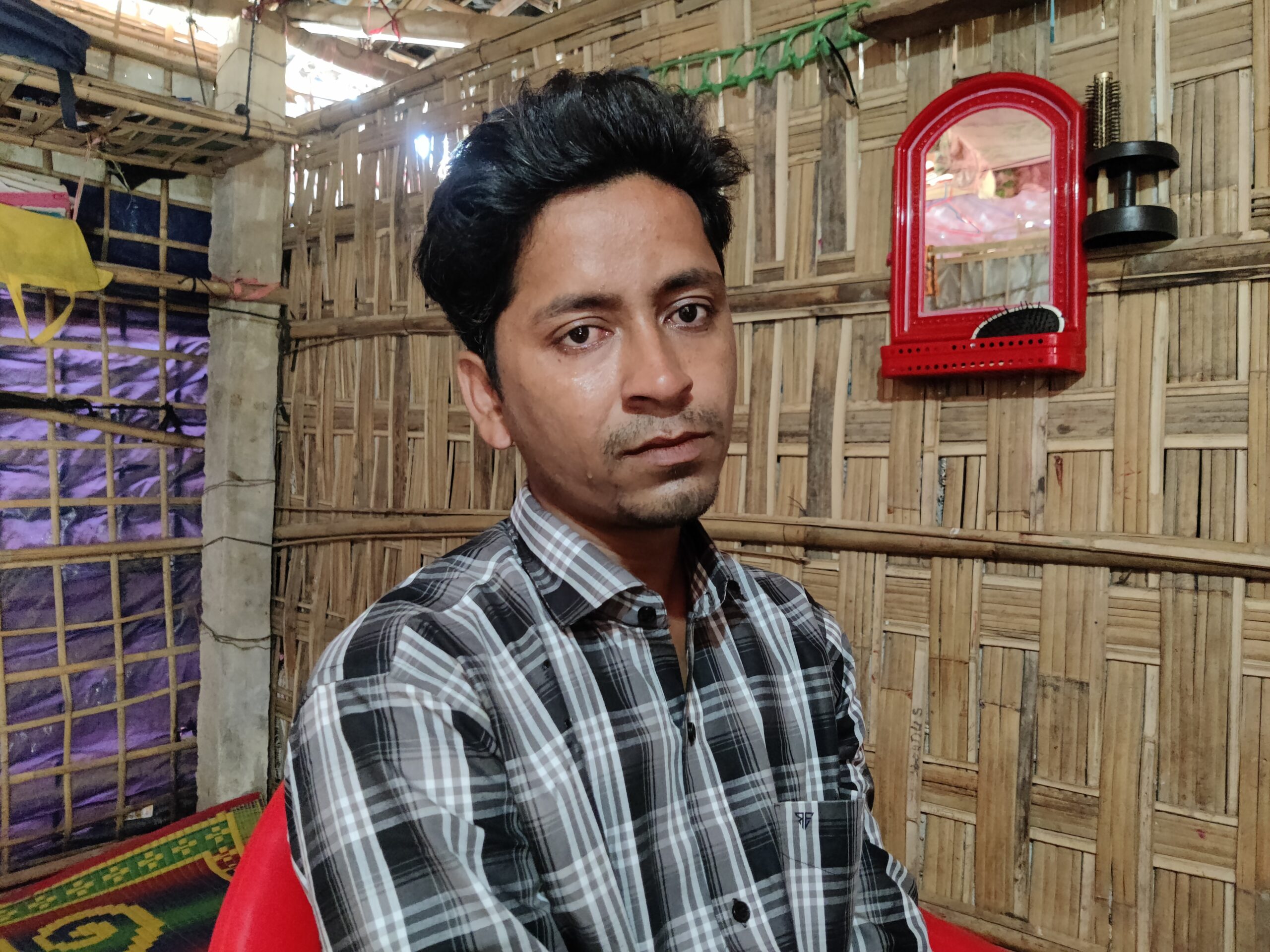 Abductions and Kidnapping: New arrivals, along with other refugees, fear abductions and kidnappings, that are increasingly common in the camps.
Abductions and Kidnapping: New arrivals, along with other refugees, fear abductions and kidnappings, that are increasingly common in the camps.
Summary of Interviews with Surveyed Rohingya Women:
Female delegation members, divided into two teams of two, interviewed Rohingya women who were surveyed prior to the delegation’s visit and had indicated that they were willing to provide further testimony. The survey, which interviewed 1,000 Rohingya women, had asked questions regarding their experiences living in the camps for the last seven years since they arrived in 2017, addressing areas such as basic needs, healthcare, safety, education, and employment. A detailed report is forthcoming based on the survey results and interviews, providing key stakeholders with an update on the status of Rohingya women and recommendations to advocate for improved conditions. In addition to interviews with individuals, delegation members led group discussions with other Rohingya women to learn more about their experiences living in the camp and any challenges they are facing.
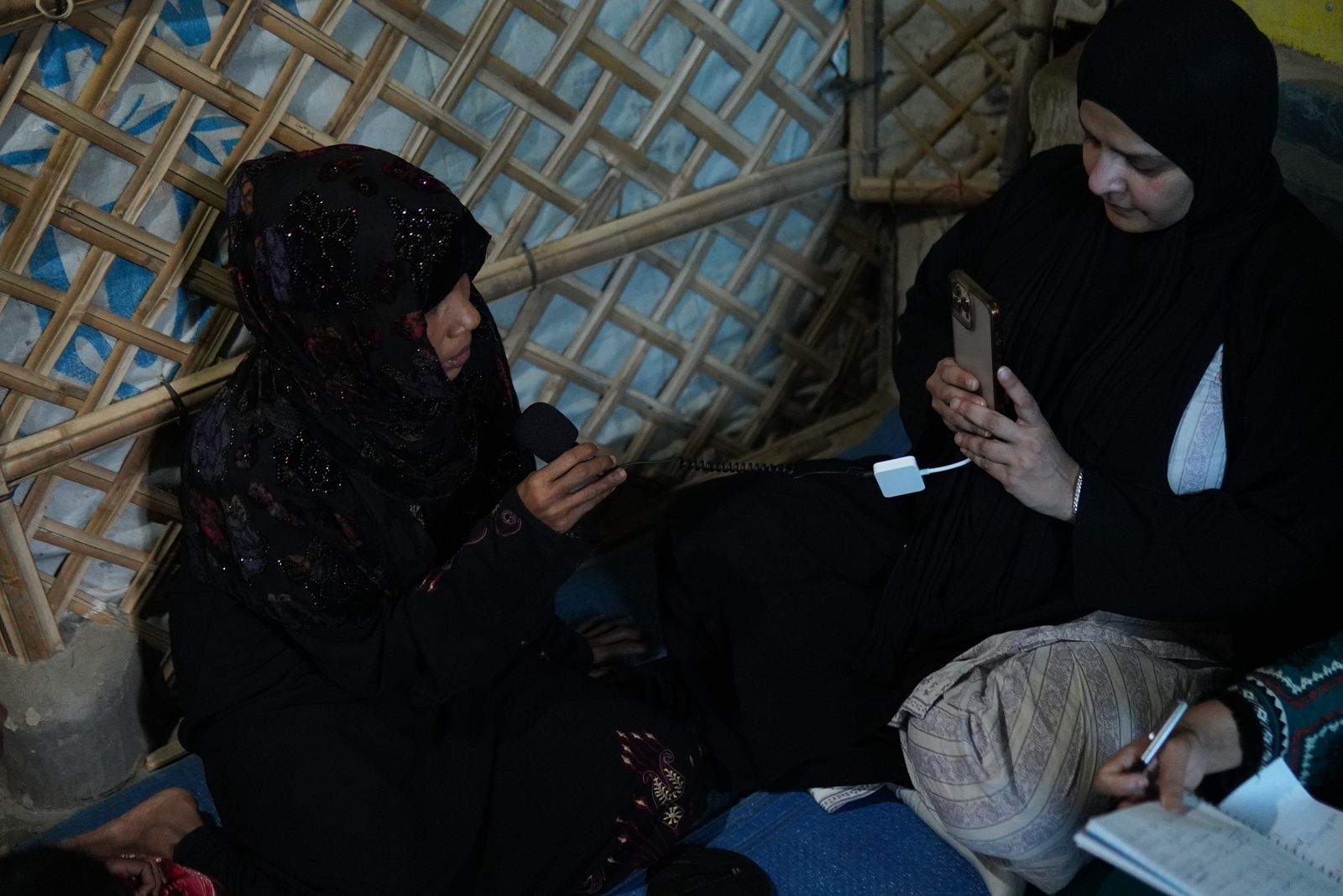 Some of the challenges that Rohingya women shared with us during their interviews and group discussions are highlighted below:
Some of the challenges that Rohingya women shared with us during their interviews and group discussions are highlighted below:
-
- Dependent on Aid, Lack of Employment Opportunities: women reported they have insufficient rations to feed their families and lack employment opportunities to earn, relying entirely on aid. Some noted the reduction in rations compared to when they first arrived. They lack vegetables and protein. Moreover, they mentioned that the rations do not include non-food items, such as clothing and hygiene products. They receive a small box of rice, lentils, oil, and salt every month. Women expressed concern regarding their inability to afford dowry, leading them to marry their daughter to an older man who requires a lesser dowry or send their daughters out of the country. We observed only one woman whose child was wearing a diaper; she works as a tailor.
- Lack of Access to Education and Poor Quality: women reported concern over the quality of education that their children are receiving. In the learning centers, they reported their children only learn the alphabet and how to write their family’s names. One of the sisters would sell part of her rations each month so that she could afford to send her daughter to a community-led (private) school, where she feels the education is much better than in the learning centers. Women also reported a lack of higher education opportunities, as their children receive only a basic education, and they wish for their children to be educated. Girls upon reaching maturity are not permitted to attend school. They expressed frustration with their boredom as they are forced to stay in their shelter all day, with no resources or activities to occupy their time.
- Lack of Privacy with Public Outhouses: women expressed challenges with regards to privacy in going to the public outhouse, as most do not have a private bathroom. Women fear being exposed while using the bathroom in the daytime and fear being harassed or attacked on their way to the bathroom in the nighttime. They also have difficulty seeing their pathway due to lack of lighting. As a result, women often avoid using the bathroom, leading to common occurrences of urinary infections and other health problems. One also mentioned that there are around 100 people using the 2-3 outhouses in her camp, so she often has to wait in a long line while wearing the burqa (a long, loose garment that covers their entire body).
- Safety Concerns: women reported that their children were kidnapped and held at ransom, which they were only able to pay by borrowing from neighbors. They witnessed many killings both in the daytime and the nighttime and fear leaving their shelters. Some of the women’s husbands were in hiding because they had refused to join the gang and were threatened. Others reported their teenage sons received similar threats from gang members, so they fled to Malaysia enduring arduous journeys on the open sea and paying exorbitant amounts to human smugglers. Some who have tried to escape have died at sea, never reaching their destination. In Malaysia, they have no refugee status and are struggling to survive in hiding. Women and their daughters similarly fled to Malaysia to escape attempts by gang members to force them into marriage. Male relatives were sometimes forcibly recruited by gang members, causing women to suffer from high levels of stress affecting their mental and physical health.
- Limited Healthcare: Women reported not having access to any medicine except Paracetamol, which is given for everything no matter the illness, and not being able to afford medical bills.
-
- Frequent Fires: women reported losing their shelter and everything several times due to fires that broke out in the camps, some while they were sleeping. They expressed a strong fear of fires
- Restrictions on Movement women reported that they used to be able to move freely between camps, but the government recently restricted any movement between camps.
- Coping with Faith: women expressed that they cope with their challenges by relying upon God, knowing they have no one and nothing but God to help them. They also find strength in the support of their neighbors, and find tranquility with their spouses and children.
Summary of Interviews with Imams
- Trust – the Rohingya trust Imams as primary source of information. They trust sending their children to madrasas (Islamic school)
- No direct way madrasas are recognized in UNHCR layout/design. They are self-financed primarily by the community themselves.
- Bangladesh has the second most number of madrasas after Indonesia
- 162 madrasas in the camps as of our visit. Number of students range from 300-1000. Over a hundred thousand students are attending madrasas in various capacities, either full-time or part-time (morning only or afternoon only). Of the 162 madrasas only 2 are dedicated to women. Ages of students who attend range from 7 to 32.
- Challenges:
- Recognition of schools themselves so they are able to access resources. Since they are unrecognized, they can be closed down, though the Bangladeshi government and camp organizers tend to turn a blind eye since they recognize it provides a safe and productive environment.
- No electricity in the camps
- No secular subjects taught within the madrasa system
- Parents, while happy with the madrasa system, ask where will the children go from here? In terms of employment. No real employment except day laborers and some off-market buying and selling. There are some vocational schools, including sewing, solar light installation, how to maintain and fix stoves, but there are a limited number of those who attend.
- Imams tried to address child marriage during khutbahs and other meetings, but expressed desire for more information. They also expressed concerns speaking against trafficking as they become targets of the gangs. They expressed desire to learn more (professional development training) in context of schooling and education.
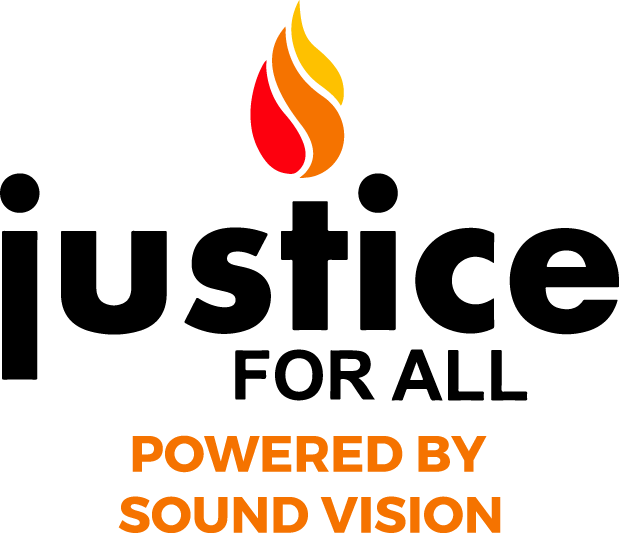
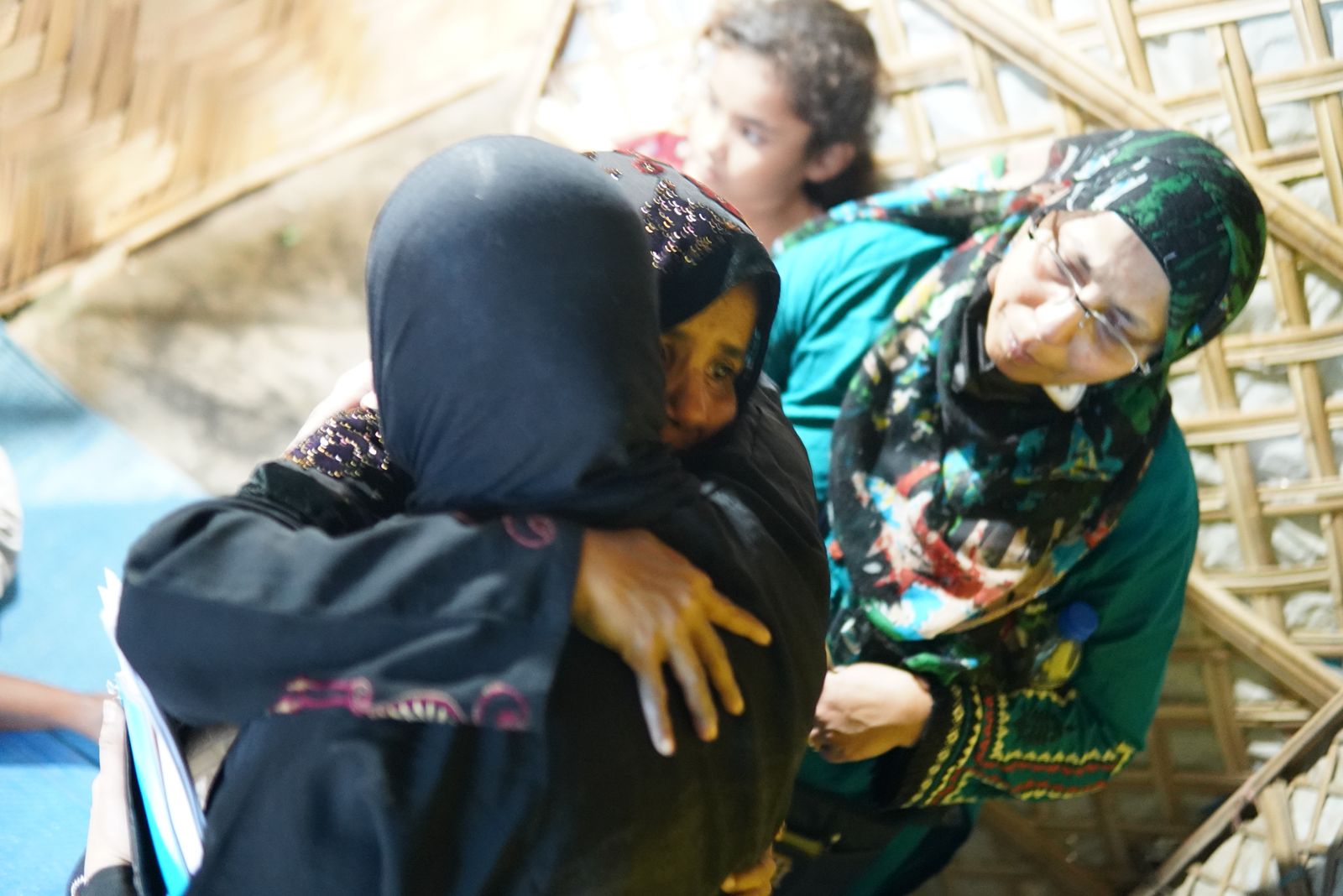
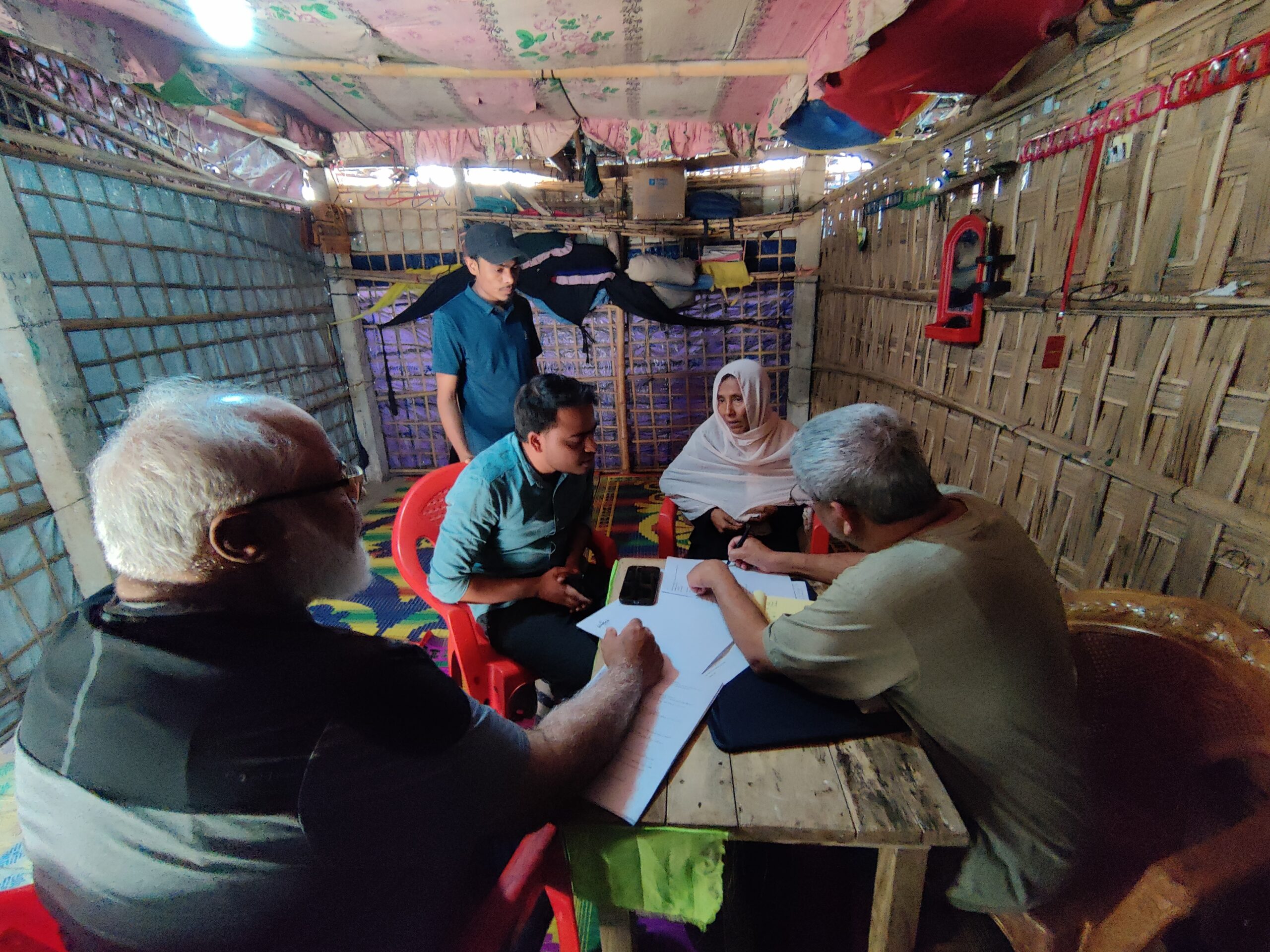 Targeting and Violence in Myanmar (Burma):
Targeting and Violence in Myanmar (Burma):
